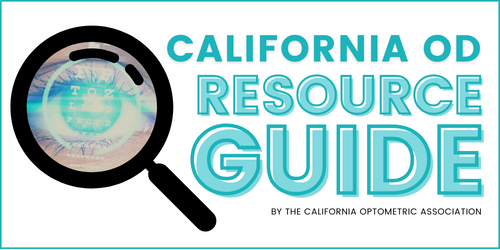Less than 30 days until ICD-10 – Last minute checklist
.png)
|
Many years and several extensions later, the ICD-10 coding transition is imminent. Is your practice ready? Many member doctors have already taken advantage of the resources to prepare themselves, their staff and their practice. It’s not too late to get ready. In fact, even if you feel fully prepared for the transition from ICD-9 to ICD-10, there are some items you can check and double-check during the countdown to October 1 that will ensure you’re ready to go. Get ready with these resources First, COA has released two detailed fact sheets for members.
Familiarize yourself with the codes This is one that you and your staff can do before and after the deadline. A new system is like speaking a new language; the more time you spend practicing that language and using it, the more proficient you’ll become. You can do that by:
Familiarize yourself with coding characteristics If you are thorough about learning the characteristics of an ICD-10 code, then you and your staff will feel more comfortable when the transition happens. Here are some quick items to memorize:
You should also double-check with your vendors and health plans that everything is ready on their end. For more detailed information about the transition to ICD-10 and steps you can take to get prepared, click on the links to the fact sheets above, and be sure to check out our California Optometry e-Magazine to see what ICD-10 expert Dr. William Rogoway has to say. (For more ICD-10 transition tips, see “COA aids for transition to ICD-10” and “ICD-10 updates: protect your practice from hackers” in this issue.) |
1.png)

1.png)



.png)




.png)
.png)
.png)
.jpg)
.png)
.png)
.png)
.png)
.png)
.png)

.png)

.png)
.png)
